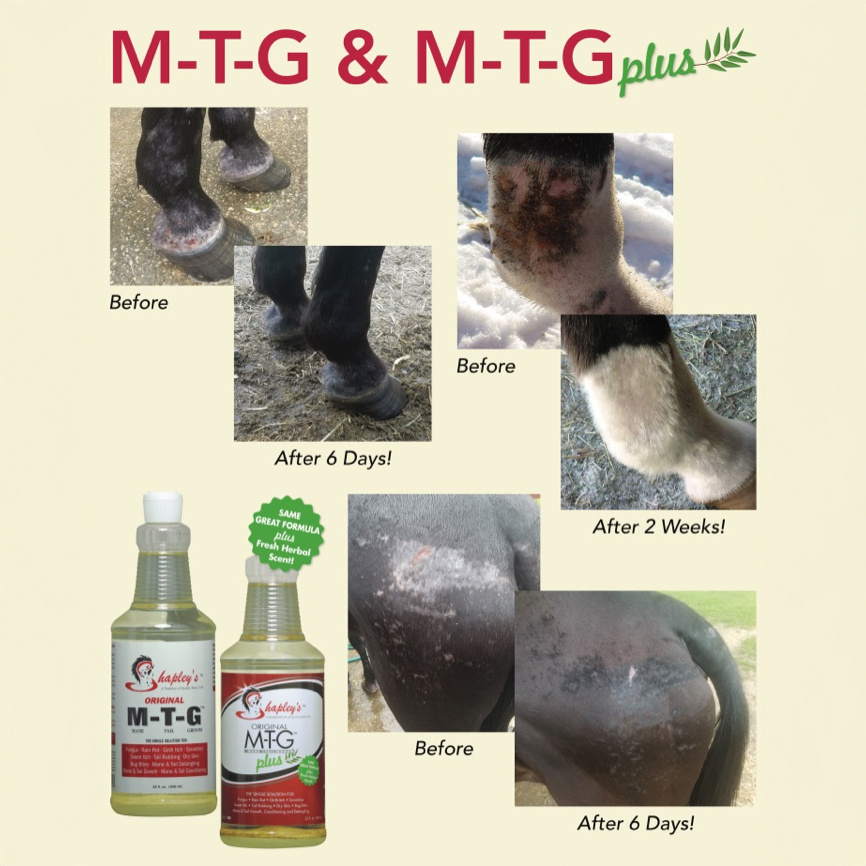Mud fever in horses: what it is and how to manage it
Mud fever in horses: what it is and how to manage it
As the wetter months return, mud fever becomes a common issue. If your horse has scabs, swelling or damp skin in the lower legs, you may be looking at mud fever – a skin inflammation of the pastern area caused by moisture, mud and bacteria. It’s most common in autumn and winter when the ground stays wet.
Mud fever (also called pastern dermatitis) occurs when the skin’s natural barrier weakens, allowing dirt and bacteria to penetrate. This leads to redness, scabbing, cracks or even thickened skin if left untreated.
How to recognise mud fever
- Redness and swelling around the pasterns
- Scabbing, flaky or damp skin
- Cracks or small wounds
- Hardened or thick skin in later stages
- Sometimes mild itching or rubbing
Please note: severe itching at an early stage may point to mites rather than mud fever. Mites are parasites that cause intense itching and sometimes appear together with mud fever, especially in feathered breeds. Not sure? Ask your vet to take a look.
What you can do
- Check your horse’s legs daily, especially in wet or muddy conditions. Early detection makes a big difference.
- Rinse off mud and dry gently using a soft towel or the absorbent Horse Wipe. Avoid scrubbing – pat the area dry to protect the skin.
- Wash only when necessary, using a mild product such as Cavalor Derma Wash to clean the skin without stripping its natural defences.
- Apply a protective layer such as MTG Originalor Cavalor MudDoc. These support healing and shield the skin from further irritation.
- Improve the environment. Avoid wet turnout areas or stalls with damp bedding. Good drainage and dry footing help prevent skin infections.
Recommended products from Euro-Horse
- Cavalor MudDoc – soothes and protects damaged skin
- MTG Original – supports skin repair, soothes, provides rapid relief, and promotes hair growth
- Cavalor Derma Wash – gentle antibacterial shampoo
- Horse Wipe – ideal for gently drying the pastern area








